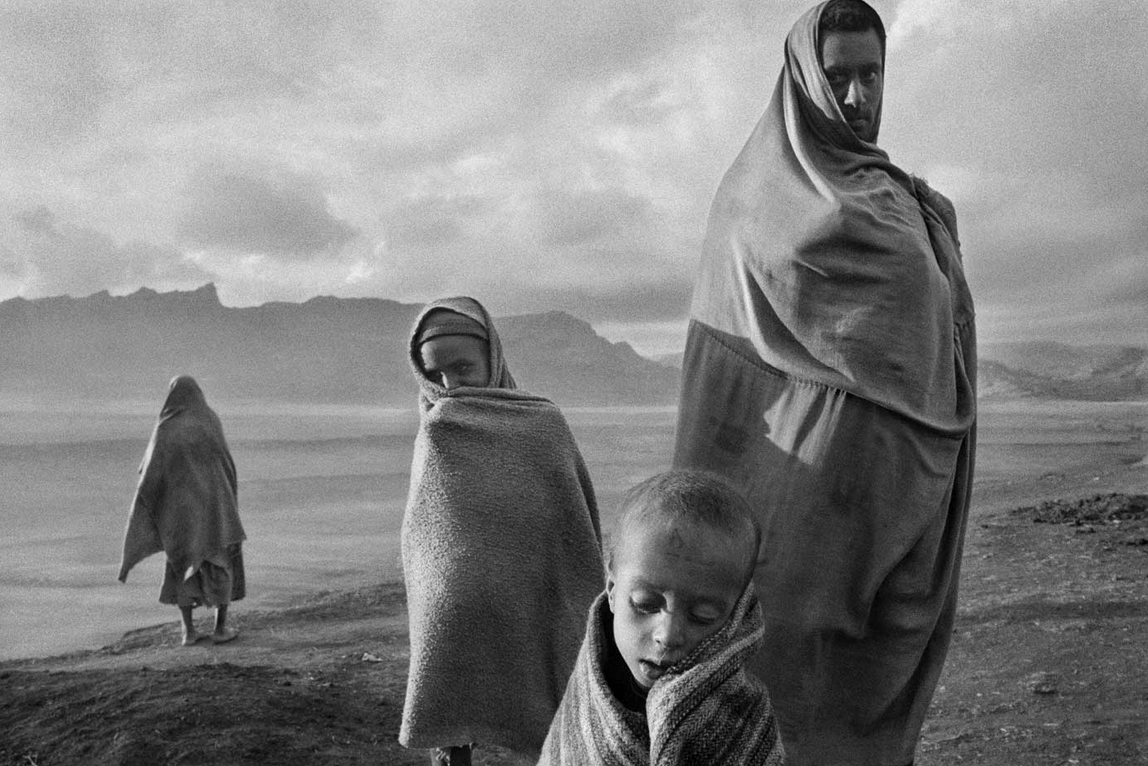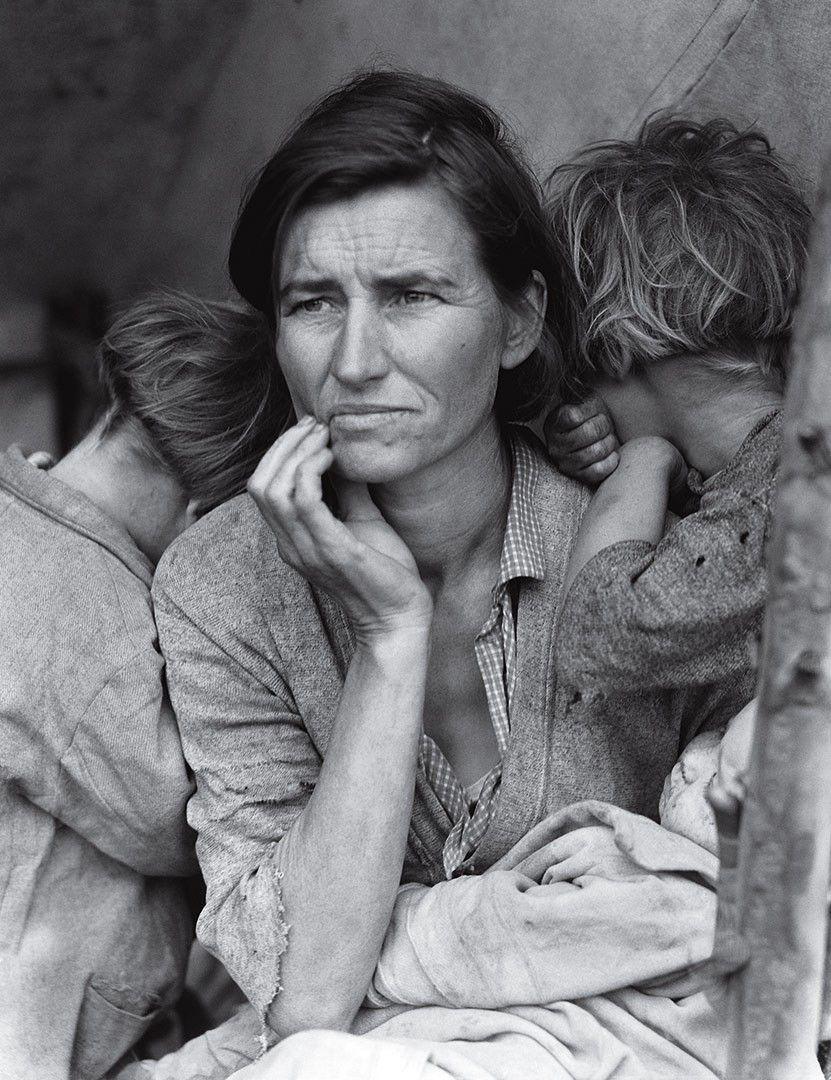too beautiful photo

When I watched the documentary "The Salt of the Earth" at the Hong Kong International Film Festival in my early years, many people thought that I was watching Sebastião Salgado, but in fact I was going for Wim Wenders. I've never liked Salgado's works very much. Those works can't be said to be bad, but they're not my cup of tea.
Born in Brazil in 1944, Sebastião Salgado is a renowned social documentary photographer. Master of Economics from the University of São Paulo in Brazil. In his early years, he worked in Africa because of his work. He started photography in 1973. Salgado has traveled to more than 100 countries in the past 40 years in order to photograph the ecology and humanities of various places. His photography covers a variety of issues, especially the third world, ethnic minorities, and the underclass. Such as filming "Other Americas" in Latin America, "Sahel" recording the Sahel drought in Africa, "Workers" filming the working class in various places, and "Migrations" filming the separation of immigrants caused by wars, disasters, population surge, and the disparity between the rich and the poor. In Antarctica, Amazon, Africa and other places to shoot wildlife, landscapes, "Genesis" of ethnic minorities, etc.
Many people say that Salgado's work is full of humanitarian concern, showing his concern for the world, nature and humanity. I have some reservations about Salgado's work. Especially when the works end up/in order to publish photobooks and show up in top galleries and then sell to the upper middle class. I would ask, what is the point of photography? Is this consuming these elements, making them their own film subjects, or something else? There are many things to think about.

Many news or documentary photographers always like to take the lead with humanitarian concerns, claiming to use photography to present the tragic reality of the world, expose the injustice of society, and so on.
Of course, photography can have such power, just like Dorothea Lange's masterpiece Migrant Mother . That photo really caught the attention of the government, and eventually the person in the photo was aided by Dorothea Lange's photo. Dorothea Lange said in a 1960 interview that she knew very well that her photo might help the woman, and the woman helped her. Yes, "and the woman helped her". Sometimes, are these photos helping others, or are they using others to help themselves? This can only be asked. Photographers absolutely need to know what they are doing? What attitude did you take to shoot these films?
A few years ago, there was a photography competition in Hong Kong with a prize of 250,000 yuan, titled "Poverty". In order to win the competition, many contestants went out to photograph scavengers, street sleepers, and the lower classes. Poor innocent people seemed to be prey. At the opening of the exhibition, the clothes are fragrant and the temples are beautiful. Will there be a person in the picture who will benefit from the prize of 250,000 yuan? It's a bit of a lie about Marie Antoinette's "Let them eat cake". (When the minister told Queen Mary: "The world is in panic, people starve to death without bread." Mary said, "Why not eat cake?" The queen who is keen to dress up, but this sentence has become a famous sentence.) The proliferation of photography has made many low-class laborers helpless to become the subjects of everyone’s photography, especially a group of people who are begging for life on the streets: people who hold paper, begging Those who live in the rough, who sleep in the rough... and wantonly attacking these unarmed people with a camera with a curious eye, is honestly an extremely shameless act.

In Salgado's works, he often uses extremely poetic images to photograph those living beings who are suffering or in the third world. Is it to praise them and make them more dignified, or is it to romanticize, beautify, and even purify all this, to downplay all kinds of suffering, or is it a kind of curiosity, to satisfy everyone's curiosity, just like the western white people in the 19th century Use photography to spy on exotic customs? Poetic works are more in line with the appetite of buyers and viewers? Or a banal evil? Those pictures are so beautiful, but what's the point of that beauty? If you want the world to know the other side of the world, why not "report" it directly and truthfully?
"Too beautiful picture", what are you talking about? How these images were obtained, the motives behind the shooting, the operation, and the impact on the subjects... These are all worth pondering.
Text: Ye Xiaoyan, Rachel IP
Like my work? Don't forget to support and clap, let me know that you are with me on the road of creation. Keep this enthusiasm together!

- Author
- More